Aster flowers, planting and care from flowering to collecting seeds

Among the front gardens of our country you can find many diverse, beautiful and unique plants, but even in this diversity, asters occupy a special place.
But in order for aster flowers to please the eye, planting and caring for these plants must comply with the rules. Don’t be afraid ahead of time; there are not many conventions that even a novice gardener can cope with planting and care.
Content:
- Astra, varieties, description and photo
- Aster flower meaning
- Aster flowers, planting in seedlings and without seedlings
- When to sow in the ground
- Caring for asters: watering, feeding
- Pests and diseases, their control
- Collection and storage of seeds
- Business idea: growing aster for sale, seedlings and cutting
Astra, varieties, description and photo
Aster belongs to the Asteraceae family; in nature, there are from two hundred to five hundred species represented by both perennial and annual plants. It entered European territory from the east.
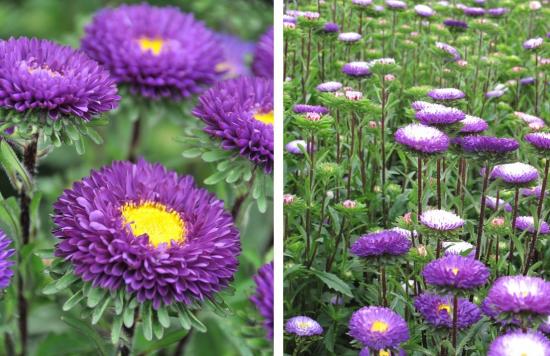
Representatives of Asteraceae are distinguished by simple leaves and baskets of inflorescences collected in corymbs or panicles.
Depending on the variety, the size and color of the inflorescences may vary, but all representatives are distinguished by their bright flowering and high resistance to adverse environmental conditions.
The varieties are distinguished by their diversity and height (there are both quite tall representatives and dwarf ones). The flowering period begins from late spring to mid-autumn.Annual varieties are sown annually, perennials are recommended to be replanted to a new site every five years.
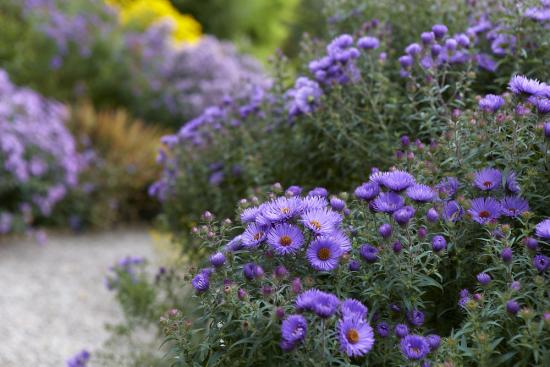
Depending on the properties, variety of perennial and the time of its flowering, there is a conditional division into several groups.
The first includes early flowering varieties that form buds from May to June:
- Albus is a dwarf species with white petals, the height of which does not exceed half a meter;
- Goliath - voluminous inflorescences of a light purple hue, can reach 6 cm in diameter;
- Happy End - distinguished by light pink petals, low and straight stems.
The second group of perennials includes summer varieties that differ in height and are taller.

Prominent representatives include:
- Italian aster is a tall plant with bright flowers in clusters that appear in midsummer;
- Lady Heindlip - the shade of the petals is bright pink, the height of the bushes reaches 70 cm;
- Roseas are recognizable by the light pink hue of their petals, which are pleasing to the eye throughout the summer.
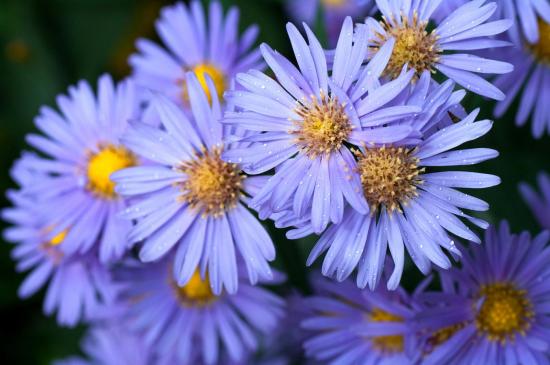
The last group of perennial varieties includes late, or autumn, plants. Well-known representatives of this group include:
- Bellard - lush inflorescences, but small, bright pink. Perfect for single landings;
- Saturn - height can reach up to one and a half meters, with lush blue inflorescences, about 4 cm in diameter. The buds appear in September and last until cold weather;
- Venus is a dwarf variety, reaches a height of 20 cm. The petals are lilac-pink;
- Rote Stern - the shade of the petals is carmine, the buds are large and noticeable, they last for a month.
You can learn more about perennial asters by watching the video:
No less remarkable are varieties of annual asters. They are in no way inferior to perennials in beauty or durability.
Notable representatives include:
- Galaxy - double inflorescences, up to 10 cm in diameter. The average height of the bush is 70 cm;
- Rosanna - looks like a pink peony, can reach a height of 65 cm.

There are a huge number of varieties and species of these plants, which differ in color, height and properties. Finding exactly the one you need won’t be difficult.
Aster flower meaning
The fame of asters did not begin in the last century, or with their arrival in Europe. The name of the plant itself is translated from ancient Greek as “star”.
Even in ancient Greece, the importance of the aster was more than significant. So the Greeks believed that this plant sprouted from the dust of stars that once fell to the ground.
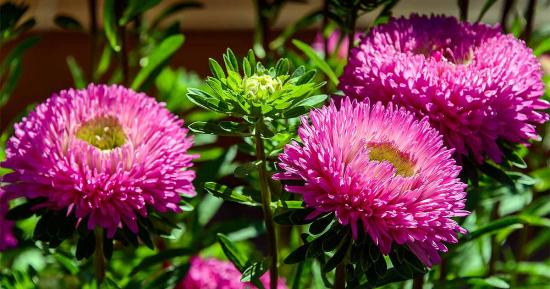
Astrologers still believe that this small shrub brings good luck. That is why in Greece they were planted near houses and temples to attract positive energy and the favor of the gods.
As before, as now, it is not just a garden plant, but a mystical talisman that can not only please the eye, but also attract positive energy.
Aster flowers: planting in seedlings and without seedlings
There are several types of planting asters: using seedlings or through direct sowing into the ground. However, it is important to consider that the seedless method requires special skill, since only a skilled gardener can recognize high-quality seed material.
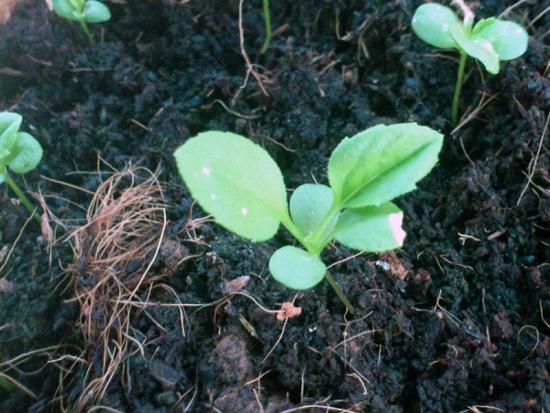
For sowing you need:
- Prepare the seeds for planting; if they were treated with growth stimulating agents, let them dry;
- Prepare the area, plant the seeds in rows, a few centimeters deep.In this case, the distance between rows should not be less than 10 cm, and between each seed - 2 cm;
- After sowing, water if it is warm outside and sprinkle with mulch;
- Cover with polyethylene until the first shoots, then break through so that the distance between neighboring plants reaches 12 cm.
Some gardeners say that seeds sown directly into the soil produce healthier seedlings. Such plants are better resistant to pests and diseases.
The second option is planting using seedlings. This method will take a little longer, but is recommended for beginning gardeners.

It is recommended to start planting using seedlings from the following stages:
- Prepare a container for growing seedlings - shallow boxes will do. Prepare a substrate from a nutrient mixture, river sand, ash and perlite, prepare a weak solution of potassium permanganate;
- Before direct planting, thoroughly rinse the planting containers with a solution of warm soapy water and dry;
- Soak the seeds in a fungicide solution and then dry;
- While the seeds are drying, fill the container with soil mixture, press down a little and moisten with a solution of potassium permanganate;
- Make shallow furrows a few centimeters deep and plant the seeds, distributing them evenly;
- Sprinkle the seeds with the remaining substrate and cover with polyethylene. Transfer the container to a warm place with good lighting;
- The first shoots will appear in a week and a half. After their formation, the container must be moved to a cool place. At this stage, systematic spraying of the sprouts is important;
- After the second and third leaves appear on the seedling, it is recommended to pick them.To do this, you need to prepare small containers in advance, fill them with soil mixture in half with a tablespoon of mineral fertilizer and plant the seedlings one by one;
- Place the seedlings in a warm place, periodically watering them with water at room temperature. After the formation of the fourth leaf, it is recommended to move the plants to a shaded place;
- You can transplant seedlings into open ground as soon as the soil warms up enough. Planting should be done using the transshipment method, finally mulching the soil.
Both planting methods guarantee good plant survival. The main thing is to adhere to the sowing rules and not damage the seedlings using the seedling method.
When to sow in the ground
The time for planting asters in open soil varies depending on which method the gardener chooses. So, when using the seedling method, the start of cultivation occurs at the beginning of March.
Planting in open soil can be done as early as mid-May. The plant is cold-resistant and can tolerate slight temperature fluctuations. Before direct planting, it is recommended to water the seedlings abundantly and plant them in the evening.
With the seedless method, seeds can be planted in the soil immediately after it has warmed up sufficiently.
In dry weather, it is recommended to thoroughly water the seedlings and cover them with a layer of mulch, which will protect the first shoots.
Let's watch an interesting video about sowing and growing annual asters:
Caring for asters: watering, feeding
When caring for asters, it is important to take into account that these plants do not tolerate excess moisture well, however, in the dry season it is not recommended to be greedy for water. This can negatively affect the deterioration of the flower's condition.

The first fertilizer that needs to be applied when planting is mineral, which is applied a few weeks after planting.
And during the budding period, fertilizing with nitrogenous fertilizers will not be amiss.
The plant needs organic fertilizing only on poor soils.
Pests and diseases, their control
The main problem of all asters is fusarium. This is a disease that can destroy the beauty of flowering. In order to protect the flower, it is recommended to systematically spray asters with solutions of potassium permanganate, copper or boric acid.
Flowers often suffer from attacks by spider mites, aphids and slugs. In this case, it is important to pay attention to the problem as quickly as possible and treat the garden with appropriate preparations.
There is no need to delay; a timely start of the struggle is the key to a successful outcome.
Collection and storage of seeds
You can collect the seeds after the flowers have withered. In order to collect seeds of late varieties, it is recommended to carefully transplant the plants into a pot and move them indoors so that they are not damaged by frost.

The buds must be carefully cut and placed in a paper bag. In order for the seeds to easily survive the winter, they need to be placed in a dark, cool and dry place.
Properly collected seeds remain suitable for planting for three years from the date of collection.
Business idea: growing aster for sale, seedlings and cutting
Asters are an excellent option for growing flowers for sale. In order for them to be put on sale, it is recommended to start sowing from the beginning of May (first stage) until the end of May (second stage).
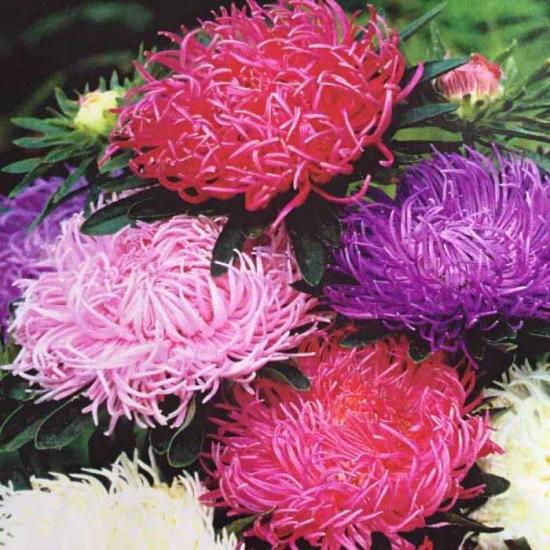 Before planting, the seeds must be soaked in a solution of mineral fertilizer, and then cared for as if they were seedlings. The seedlings obtained in this way can be put on sale.
Before planting, the seeds must be soaked in a solution of mineral fertilizer, and then cared for as if they were seedlings. The seedlings obtained in this way can be put on sale.
In order to get cut flowers, you must prepare greenhouses in which the seedlings will be planted.
In this way, flowers can be obtained faster than when planted in open soil without loss of quality and beauty.
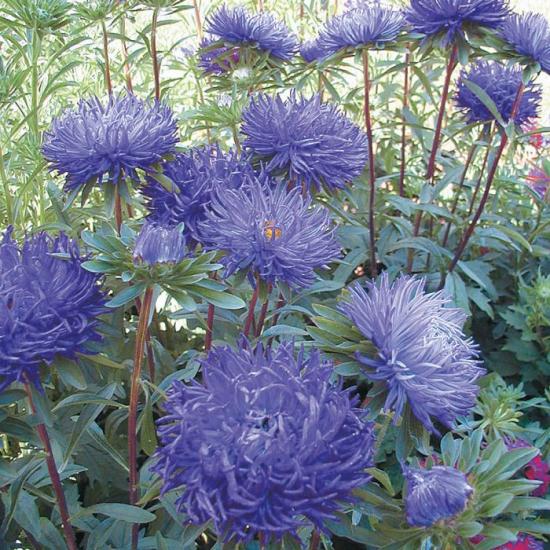 Despite the fact that planting and caring for asters requires some effort, the result is worth it. Bright and lush inflorescences will delight the eye and can become a worthy business.
Despite the fact that planting and caring for asters requires some effort, the result is worth it. Bright and lush inflorescences will delight the eye and can become a worthy business.

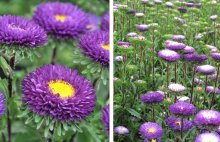

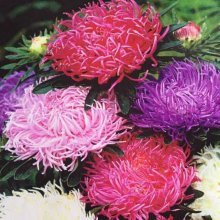

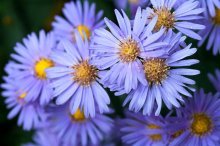
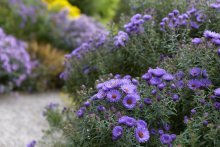
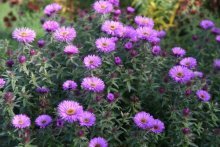

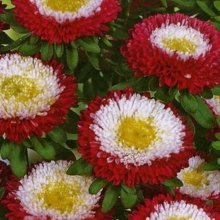

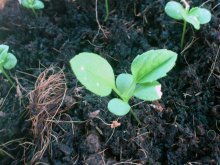
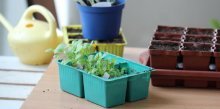
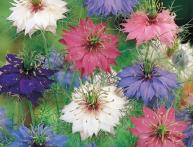
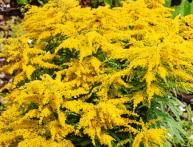
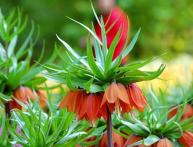

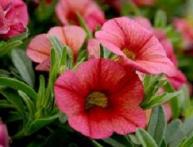

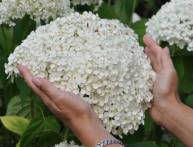
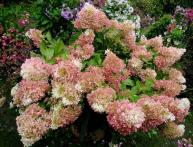
Comments
We have asters growing on our site, but there is not much variety. They are lilac or burgundy. These beautiful flowers bloom for a very long time, until frost. We have never collected seeds, but buy them at a flower shop.
I never considered many of the asters shown in the photo above to be asters and thought that all asters had a lush and large head. They say they can be used in folk medicine.
I respect asters because they decorate autumn. When everything is already yellow or even bare, asters bloom in lush colors and create a feeling of summer. You can use them to make lush bouquets that don’t fade for a long time.
I like the double varieties of these flowers. Unfortunately, asters are less popular these days. I tried to sell them at the market, asters don’t take much and they want them cheap, there is more demand for roses.
I love asters because they delight the eye right up to the frost. I don’t see any particular difficulties in caring for them. I buy seedlings ready-made, since the seeds do not always germinate well, but I believe that this business requires skills.